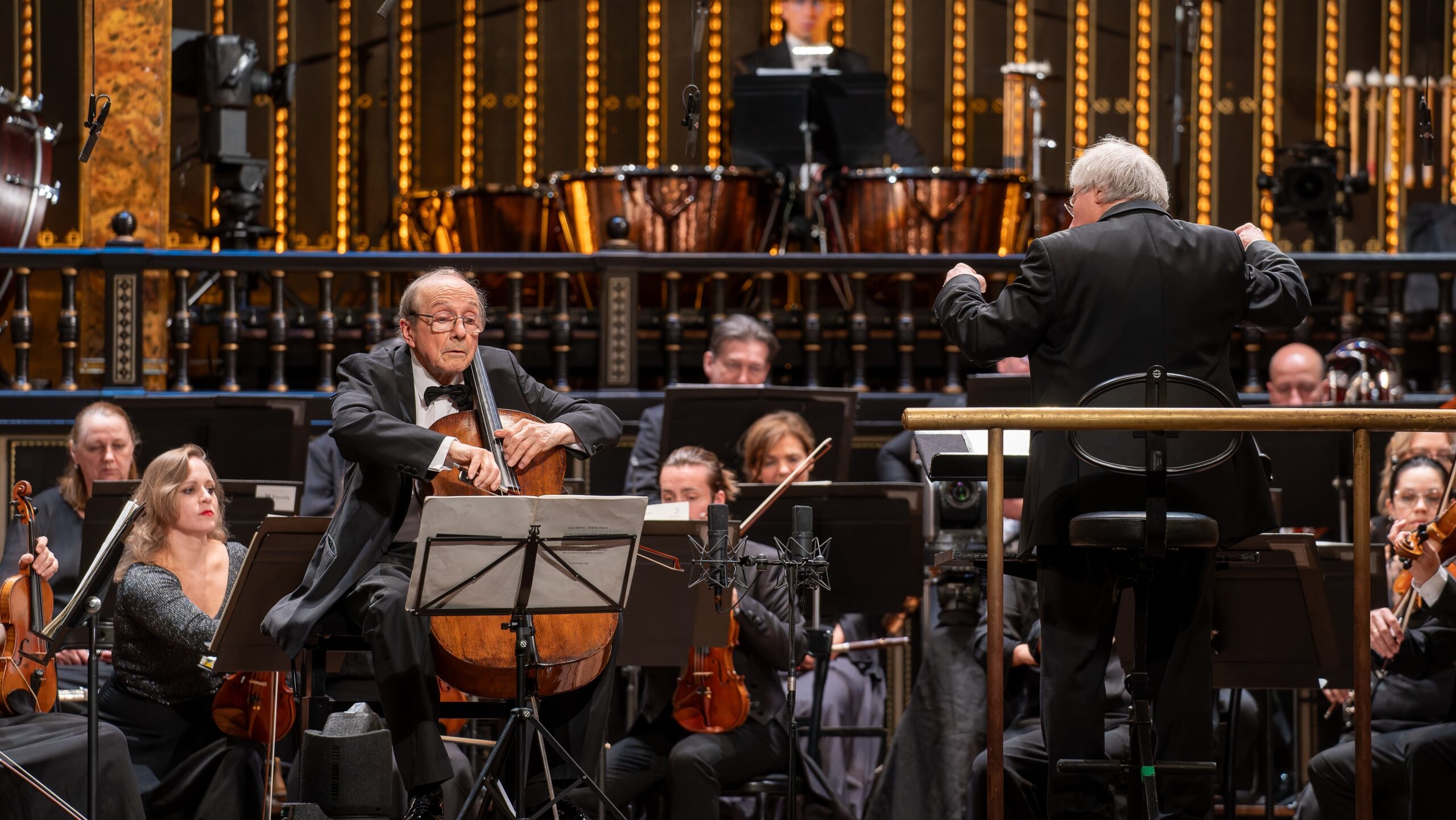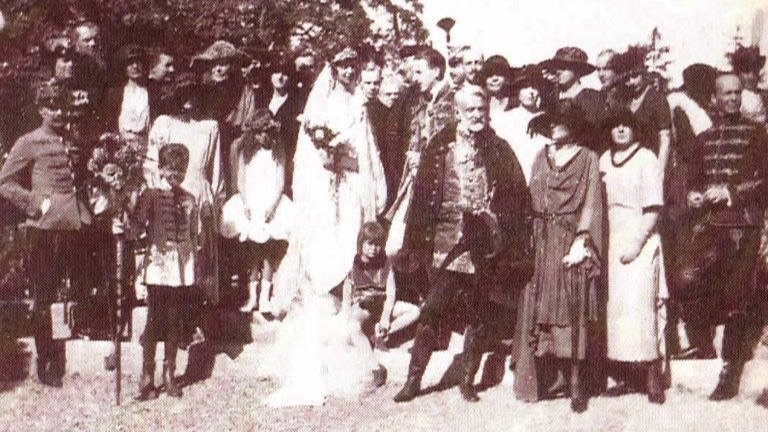The following is an adapted version of an article originally published in Hungarian in Magyar Krónika.
The orchestra will celebrate with outstanding pieces from Hungarian musical history.
Concerto Budapest will hold its celebratory concert on 24 October at the Müpa in memory of the 1956 Revolution. Conducted by András Keller, the concert will feature Liszt’s symphonic poem Hungaria, Dohnányi’s Variations on a Nursery Tune, and Beethoven’s ‘Eroica’ symphony, with pianist Dénes Várjon.
Ferenc Liszt’s symphonic composition Hungaria is one of the noblest expressions of Hungarian patriotism, national consciousness, and spiritual integrity. The work, which premiered in 1856, is a musical expression of commitment to the homeland and heroic struggle, depicting the tension between triumph and sacrifice. Hungaria is the first truly Hungarian-style symphonic poem, which evokes the spirit of the revolution not in mourning, but with faith in the future and uplifting power.
The second piece of the concert, Ernő Dohnányi’s composition entitled Variations on a Nursery Tune, is one of the most beloved and witty works in Hungarian music history. ‘To the delight of friends of humour, to the annoyance of others,’ the witty composer wrote above the score. The Variations on a Nursery Tune reveal more about Dohnányi’s artistic personality than any of his surviving piano recordings. The work, written in 1914, combines a golden serenity, refined craftsmanship, and natural virtuosity. The piano part of the work is performed by Dénes Várjon, whose performance always combines sensitivity to musical details and a sense of formal proportion.
‘“Eroica” is the musical embodiment of human endurance, the creative spirit, and the desire for freedom—all that the heroes of 1956 stood for’
The evening will conclude with Beethoven’s Symphony No. 3 in E Flat Major, ‘Eroica’, one of the most influential and revolutionary works in music history. The composer originally intended the work for Napoleon Bonaparte, but when Napoleon became a symbol of tyranny, Beethoven withdrew his recommendation. ‘Eroica’ thus became immortal as a hymn to human freedom and dignity. The symphony’s four movements evoke the journey and struggle of a hero: the immense energy of the first movement expresses heroic will, the mournful march the pain of loss, the scherzo the rebirth of life, while the closing variations express glorification. ‘Eroica’ is the musical embodiment of human endurance, the creative spirit, and the desire for freedom—all that the heroes of 1956 stood for.
Read more:
Click here to read the original article.






